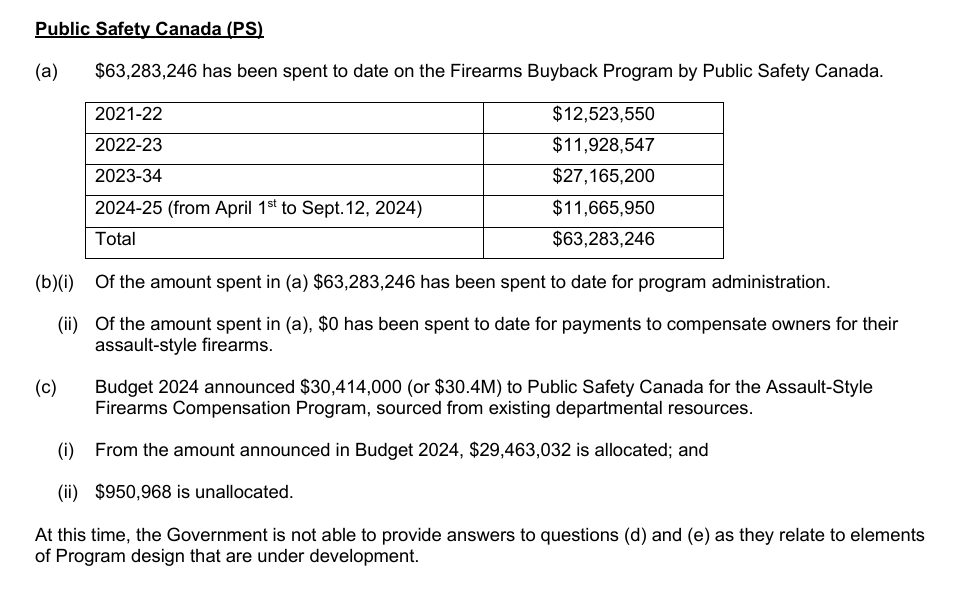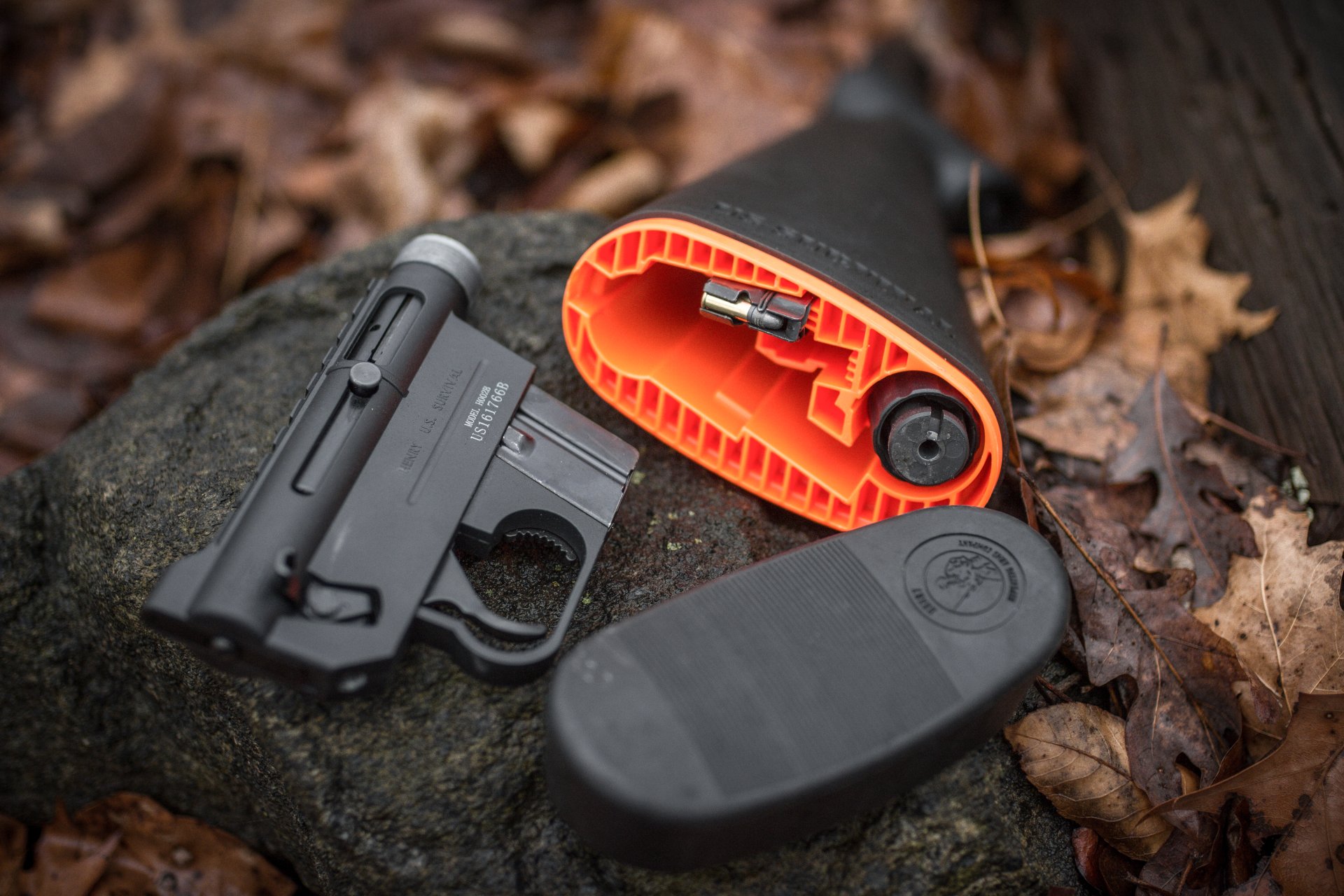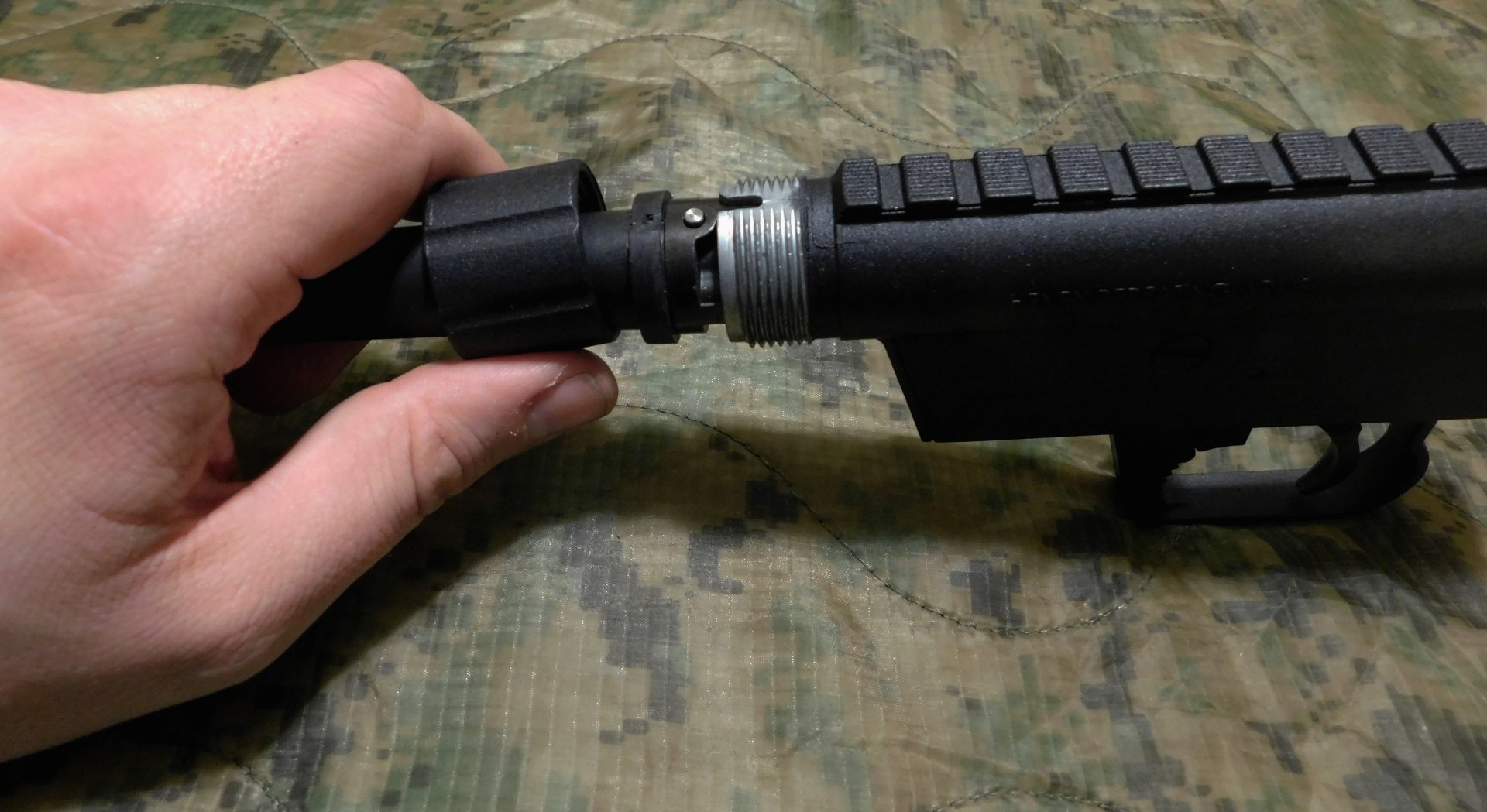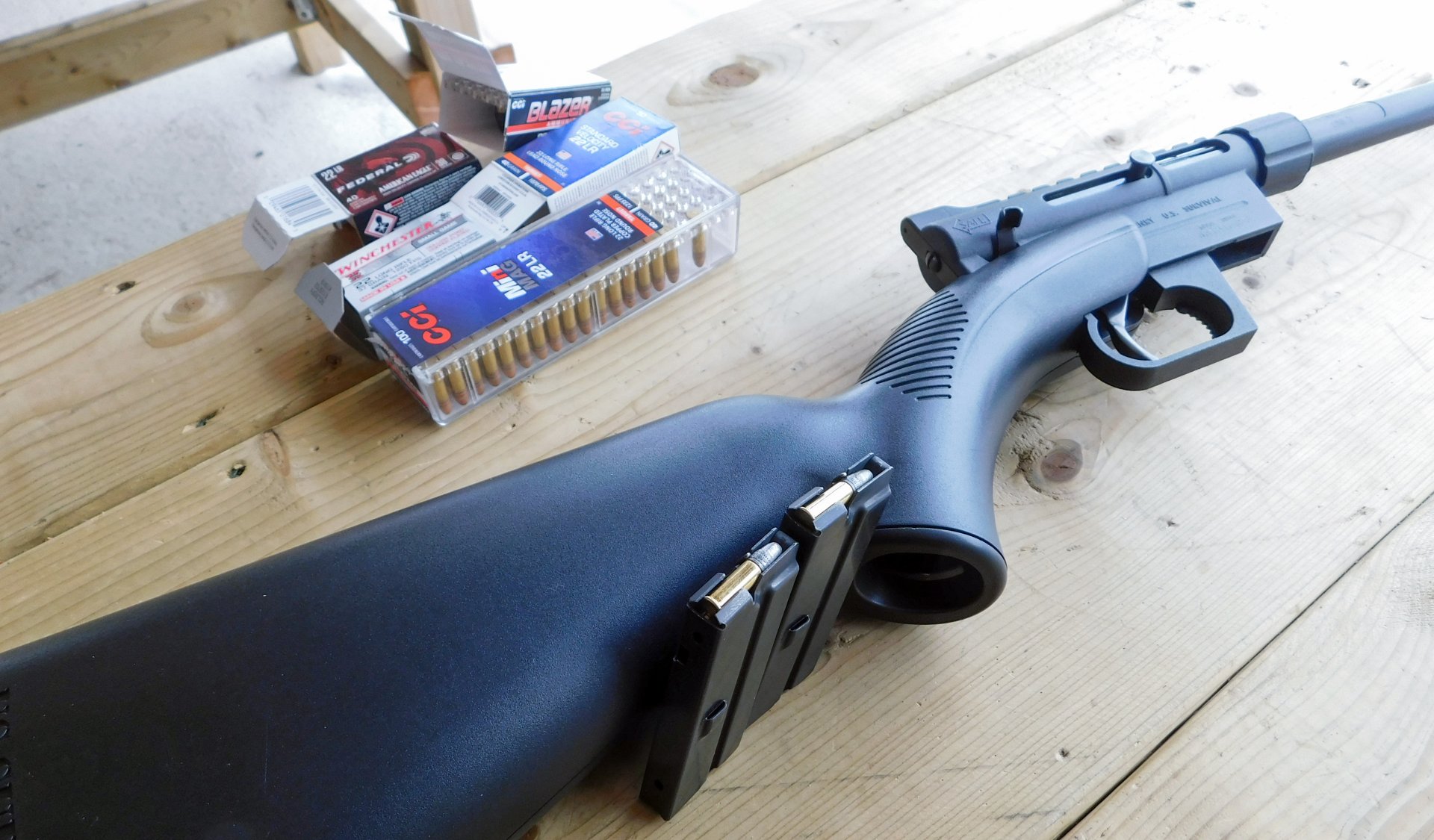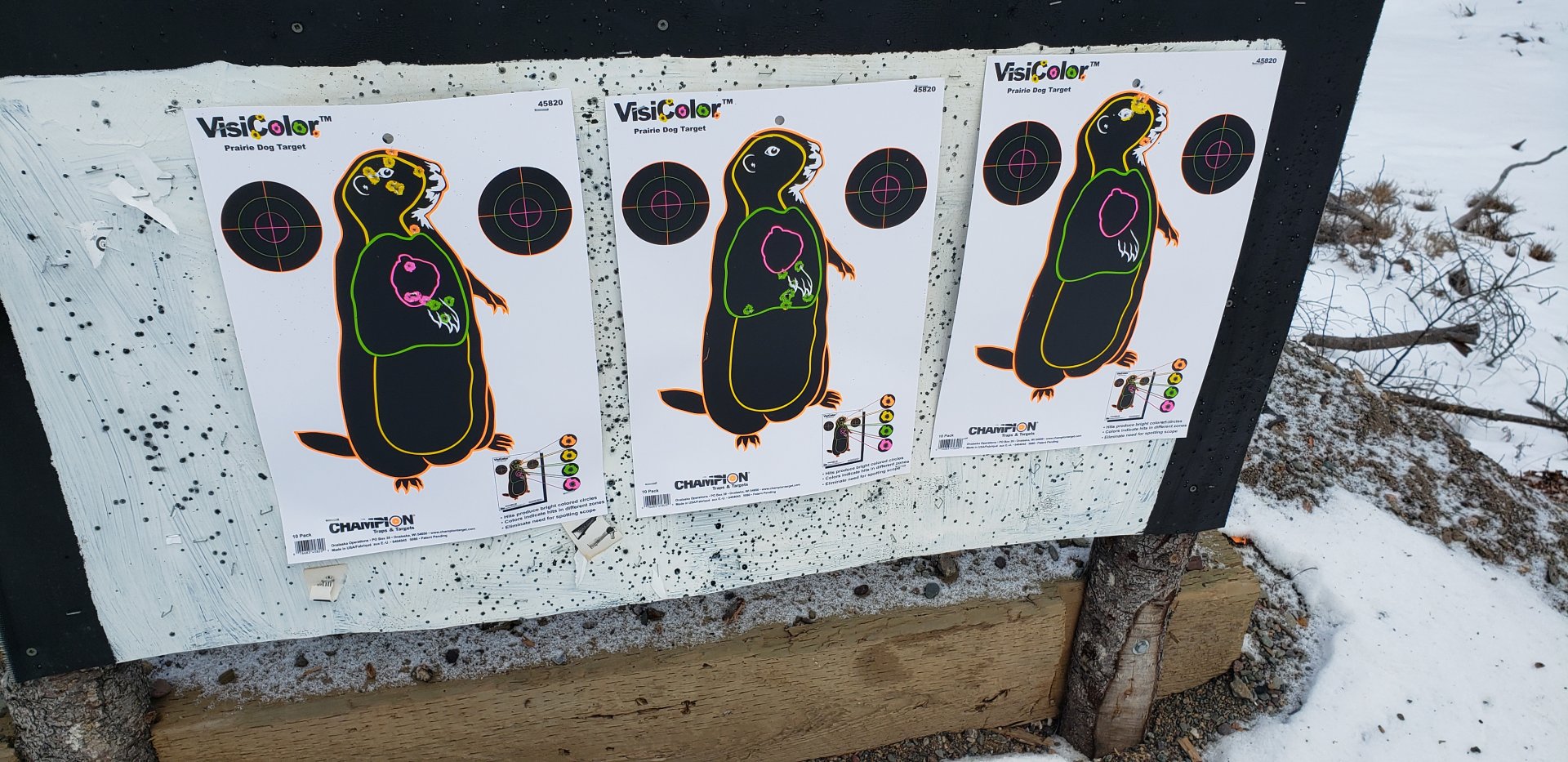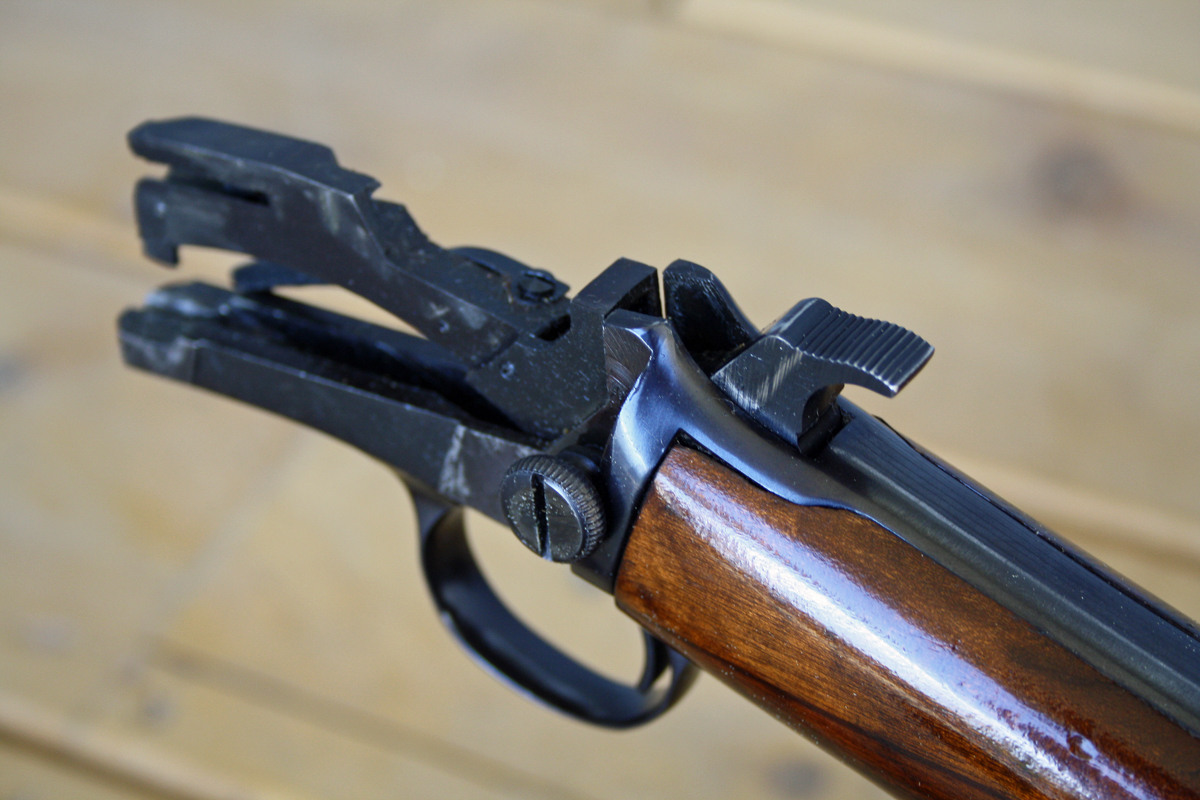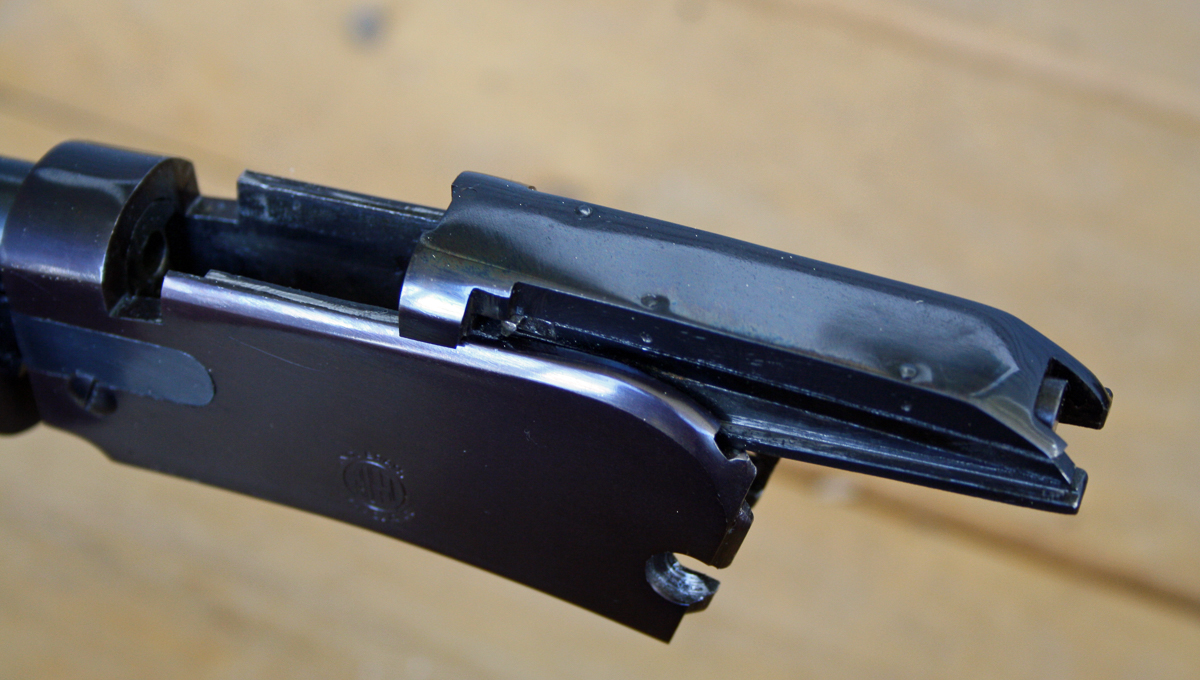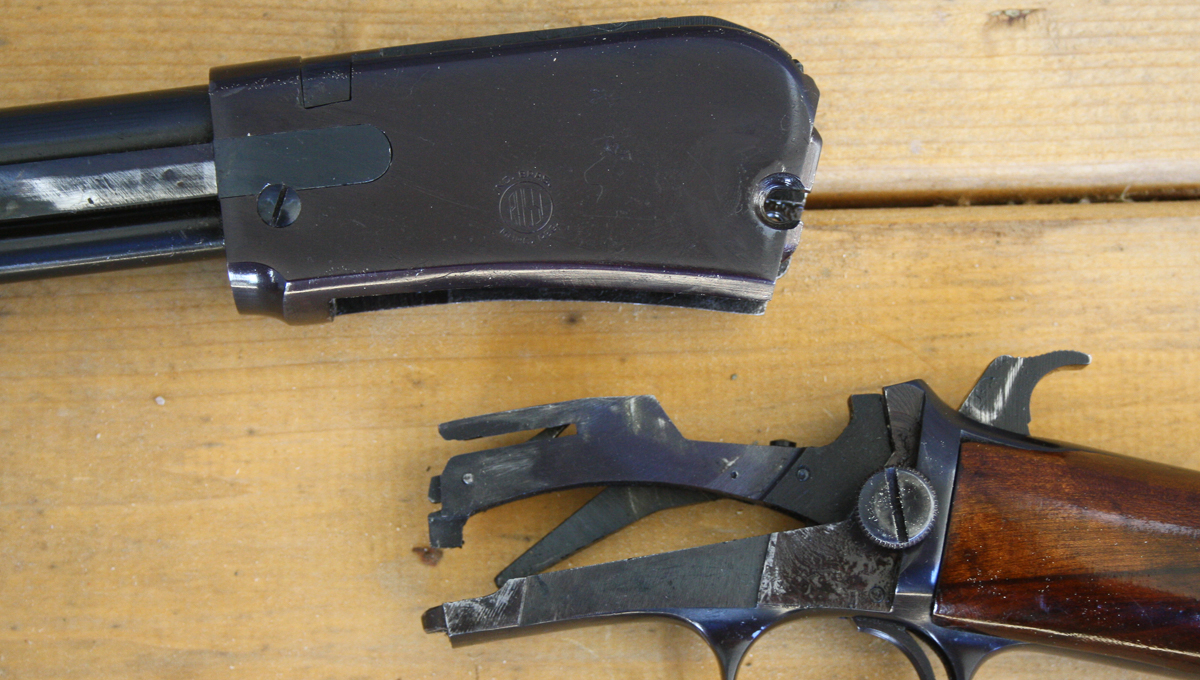FRT Recordkeeping Regs Repealed - But Why Might (Actually) Surprise You
On December 16th, the Liberal Party authored a new Order in Council that was then published in the Canada Gazette on January 1st, 2025, entitled “Regulations Repealing the Firearms Records Regulations (Classification): SOR/2024-276.”
This order repeals SOR/2014-198; a firearms regulation created in 2014 when then-Minister of Public Safety Steven Blaney, serving in PM Stephen Harper’s Cabinet, sought to rectify issues raised by the reclassification of the Swiss Arms and CZ-858 Tactical 2P and 4P rifles by the RCMP on March 14th of that year.
The reclassification fiasco of 2014
Early in 2014, the RCMP announced they would be amending the Firearms Reference Table (FRT) entries for all Swiss Arms rifles, and specific models of the CZ-858 rifle to reflect their newly-held opinion that both formerly non-restricted rifles were in fact prohibited: The Swiss Arms being considered a variant of an existing prohibited firearm, and the CZ-858 Tactical 2P and 4P models on account of being built from receivers that were originally manufactured as fully automatic rifles that were then welded up during the manufacturing process to limit their function to semi-automatic - hereby running afoul of Criminal Code 84(1) that defines a prohibited firearm as “an automatic firearm, whether or not it has been altered to discharge only one projectile with one pressure of the trigger,” among other things.
Obviously, this was a controversial decision, mainly owing to both rifles’ longstanding status as non-restricted firearms. With many businesses and individuals having bought, sold, and used the rifles for years without issue, the news that the RCMP was, or even could, unilaterally determine formerly non-restricted firearms to be prohibited left many feeling frustrated, and among stakeholders especially, brought a long-simmering sense of resentment with the RCMP’s FRT division to a head.
Because at the time, the FRT itself was not publicly available, and stakeholders felt that the process of classification had become too opaque and that the RCMP was abusing the classification system. Importers and manufacturers often waited years for a classification decision only to receive decisions that made little to no sense, and being afforded no explanation whatsoever, were frequently told that the justification for the decision could not be divulged for reasons of public safety, nor could it be challenged in any way.
Government vs. the RCMP
In response to the outrage from stakeholders in the firearms community, Minister Blaney’s response was largely twofold: The creation of the Common Sense Firearms Licensing Act (C-42) and SOR/2014-198. The former provided a definition for “non-restricted firearm” that granted the Minister of Public Safety the ability to deem a firearm as non-restricted by regulation, providing a remedy that would allow both rifles in question to be named as non-restricted firearms in a binding manner that put them out of the reach of the RCMP’s firearms technicians, and beyond the scope of the Criminal Code’s definition of prohibited firearms.
The latter, SOR/2014-198 sought to provide industry with stability and the RCMP’s FRT department with accountability by requiring the RCMP keep and maintain all records pertaining to classification decisions and prohibited the alteration or amendment of those records one year after their publication. Bluntly, this regulation required that an FRT record needed to be maintained, could not be deleted, and could not be altered after a year had elapsed.
And it is this regulation, SOR/2014-198, that was repealed last month.
So, why repeal SOR/2014-198?
In 2017, concerns that themselves dated back to the regulations’ introduction were brought to the attention of the Standing Joint Committee for the Scrutiny of Regulations (also known as REGS). In plain language, the issue was simple: By prohibiting the Registrar (RCMP) from amending classification records in the FRT, the regulations sought to supersede the Criminal Code; something that obviously exceeds the Registrar’s authority.
If that’s a little hard to follow, consider this salient example: If these regulations were in place when the CZ858 Tactical 2P was initially classified as a non-restricted rifle, the RCMP would not have been able to reclassify it within the FRT, even upon learning it met the Criminal Code definition of a prohibited firearm. In effect, SOR/2014-198 would force the RCMP to allow a prohibited firearm to remain non-restricted within the FRT, but in contravention of the Criminal Code - something that the RCMP, as the Registrar, do not have the authority to do.
As it was put by the Committee’s General Counsel Cynthia Kirkby; “If it is the intent of the regulations that the determination kept in a record could somehow overrule the Criminal Code itself, then much stronger enabling authority is required than the power related to recordkeeping.”
A 7-year Process
In response to REGS’ queries on the subject, Public Safety provided no clarification on the question of authority around the regulations. It simply demurred that they intended to repeal the regulations, and thus any concerns about their authority would die with the regulations.
However, REGS would spend the next seven(!) years discussing these regulations, with Public Safety repeatedly expressing a desire to repeal them but seemingly forgetting to at every possible turn; initially stating that they intended to repeal them with a clause in Bill C-71, then again with a clause in Bill C-21 (the first one), and then again with Bill C-21 Part Deux before the committee appears to have grown frustrated. Again, General Counsel for the Committee, Cynthia Kirkby opened discussion in REGS around SOR/2014-198 in February of 2019 thusly:
“The issue raised in 2014 is that either these regulations create a record-keeping requirement that has little consequence, or their intended effect exceeds by far the scope of the authority relied upon. Public Safety Canada has never provided an explanation that attempts to reconcile the gap between what the enabling act authorizes and what the regulations are purported to accomplish. As the chronology in the note describes, there has been a history on this file of the department failing to reply to correspondence and of the department delaying action on these regulations as it conducts broader policy work.”
One member put it more succinctly: “Hit your alarm, it’s Groundhog Day again. This is like Punxsutawney Phil coming back to haunt this committee.”
However, after seemingly endless delays and ignored correspondence, on May 27th, 2024, the committee demanded the regulations be repealed by December 31, 2024 under the threat of disallowance, and it appears that it was this deadline that this latest Order in Council served to meet.
Conclusions - Mostly, not not all bad news
So, does this enable more gun bans in the future? In a word: Yes. By repealing this regulation, the FRT is once again able to be amended unilaterally by the RCMP just as it was in 2014 when the CZ858 and Swiss Arms rifles were reclassified.
Perhaps even more concerning is also that in the earliest discussions around SOR/2014-198 within the REGS committee, the government’s lawyers who took issue with the regulation’s authority noted that what the regulations sought to do was otherwise made possible by the aforementioned clause in Bill C-42, which gave the Governer-in-Council the ability to determine a firearm to be non-restricted by name - and that doing so did not invoke the same questions around authority as the regulations around recordkeeping would have.
But Bill C-71 repealed that particular component of C-42, meaning that in very real terms, with the recordkeeping regulations now repealed, firearm classification is right back to where it was in 2014; with the RCMP able to reclassify firearms through the FRT, with no recourse or remedy available to those impacted through our elected representatives.
However, while it does allow for the prohibition of firearms through an avenue gun owners haven’t had to worry about for over a decade, none of this is to say that the repealing of these regulations necessarily signals an appetite for additional prohibitions through FRT. On the contrary, with seven years’ worth of well-reasoned legal arguments in favour of repealing the regulations and unanimous support from every member of the committee (including many members of the CPC over the course of those seven years), it does indeed appear to be a regulatory correction, rather than indicating any nefarious intent.
Moreover, from a broader political perspective, this government has repeatedly gone to great lengths to ensure every gun ban they’ve instituted is both extremely public and very much a product of the Liberal Party’s governance, likely to accrue as much political capital and create the largest wedge issue possible. An RCMP-led ban conducted via FRT does not advance any of those goals and would likely invite further allegations of mismanagement of the gun file into a government that, for all intents and purposes, appears to be quickly reaching its expiration date.

